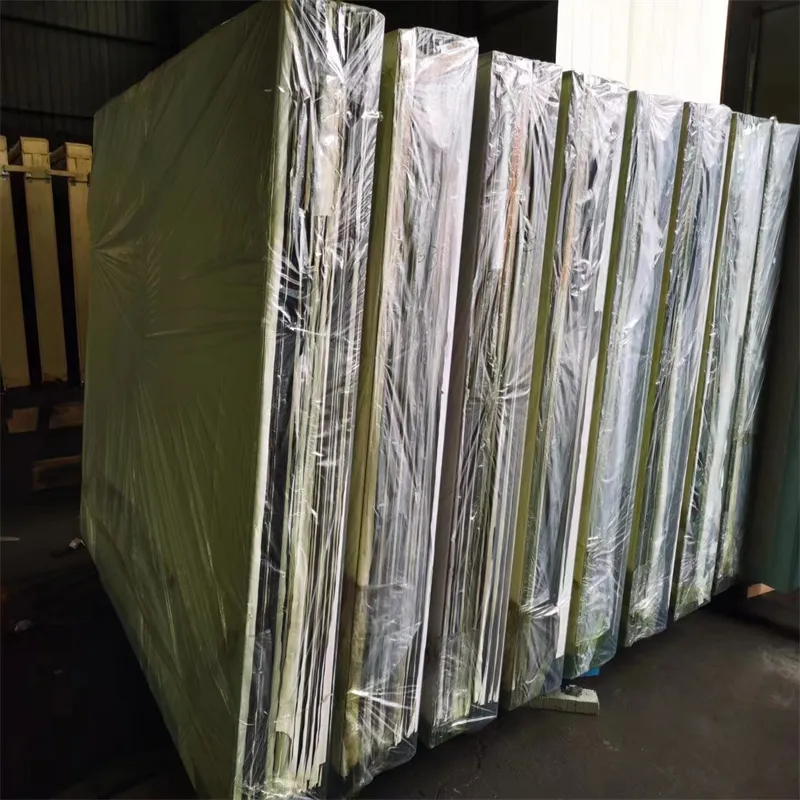Nov . 15, 2024 20:18 Back to list
coloured patterned glass
The Art of Coloured Patterned Glass A Timeless Craft
Coloured patterned glass has captured the imagination of artisans and admirers alike for centuries. Its vibrant hues and intricate designs not only serve decorative purposes but also enrich architectural spaces, enhance natural light, and evoke emotional responses. This unique medium merges creativity, craftsmanship, and functionality, resulting in masterpieces that tantalize the senses and stand the test of time.
Historical Context
The origins of patterned glass can be traced back to ancient civilizations, where artisans experimented with various techniques to manipulate glass materials. The Egyptians, for example, developed glass making as early as 2000 BC, producing colorful beads and vessels. However, it was during the Roman Empire that glassblowing techniques advanced significantly, leading to the production of larger glass pieces.
With the rise of the Gothic architecture in the Middle Ages, stained glass emerged as a central feature in cathedrals, depicting biblical stories and saints with vivid colors and detailed patterns. These stained glass windows were not merely decorative; they served to educate the largely illiterate populace, creating a dazzling interplay of light and color that transformed sacred spaces.
Techniques and Craftsmanship
Crafting coloured patterned glass is an art that requires meticulous skill and attention to detail. Glassmakers employ various techniques to create their masterpieces, including blowing, casting, and fusing. Each method offers unique possibilities for texture and design.
- Blowing This traditional technique involves shaping molten glass through a blowpipe, allowing artisans to create intricate forms and patterns. By adding colored glass shards during the blowing process, artisans can achieve stunning visual effects.
- Casting In this method, glass is poured into a mold, allowing for more complex designs and textures
. The glass can be tinted with various oxides, producing a range of colors that can be layered for depth.- Fusing Fusing involves melting together different pieces of glass at high temperatures to create a unified design. This technique enables artists to combine various colors and patterns seamlessly, resulting in one-of-a-kind pieces that showcase their creativity.
coloured patterned glass

The patterns etched or painted onto the glass can range from geometric shapes to organic forms. The design process itself often begins with sketches that evolve as the artist interacts with the glass, using tools to carve and manipulate the material. Each stroke adds depth, dimension, and character, turning the piece into a reflection of the artist's vision.
Aesthetic Appeal and Functionality
Coloured patterned glass serves both aesthetic and functional purposes, making it a popular choice in various applications. In architecture, it is commonly used in windows, doors, and skylights, creating stunning visual displays that enhance natural light while providing privacy. The play of light through coloured glass can transform a mundane environment into a vibrant atmosphere, influencing the mood and energy of a space.
In the realm of interior design, artists and decorators often incorporate coloured patterned glass into furniture, lighting fixtures, and decorative elements. The versatility of this medium allows it to fit various styles, from the traditional to the contemporary, making it a valuable asset in any design scheme.
Modern Innovations
While the craftsmanship of coloured patterned glass has enduring historical roots, modern innovations continue to breathe new life into the art form. Contemporary artists experiment with new technologies, such as digital printing and laser cutting, allowing for even more intricate designs and customization. This fusion of traditional techniques with modern advancements enables artists to push the boundaries of creativity and create glasswork that resonates with today's aesthetic sensibilities.
Moreover, the growing interest in sustainability has prompted glass artisans to explore eco-friendly materials and techniques. Recycled glass, for example, can be transformed into stunning pieces, embracing a sustainable approach while preserving the beauty and allure of coloured patterned glass.
Conclusion
Coloured patterned glass is not merely a craft; it is a timeless art form that continues to inspire and captivate. With its rich history, intricate techniques, and stunning aesthetic appeal, it bridges the past and the present, inviting us to appreciate the beauty of craftsmanship. As we move forward, the possibilities for innovation in this art form remain endless, ensuring that coloured patterned glass will continue to illuminate our spaces and enrich our lives for generations to come.
-
Safety and Style with Premium Laminated Glass Solutions
NewsJun.24,2025
-
Reinvents Security with Premium Wired Glass
NewsJun.24,2025
-
Premium Float Glass Line for Modern Architecture
NewsJun.24,2025
-
Low Emissivity Glass for Energy-Efficient Architecture
NewsJun.24,2025
-
High-Performance Insulated Glass Solutions for Modern Architecture
NewsJun.24,2025
-
Elevates Interior Style with Premium Silver Mirror
NewsJun.24,2025
Related PRODUCTS














